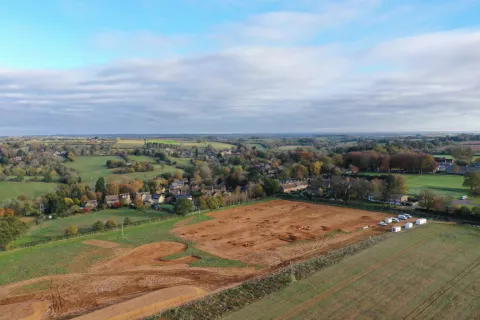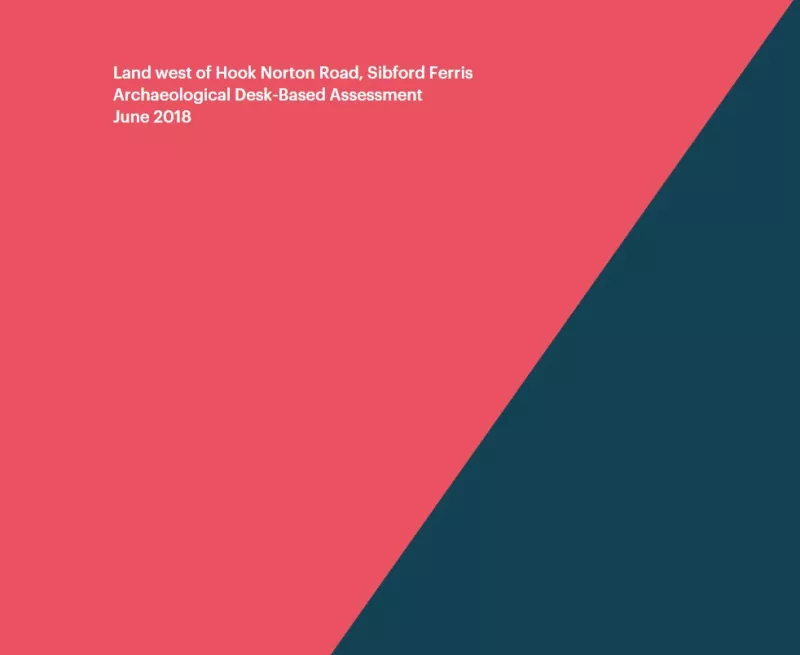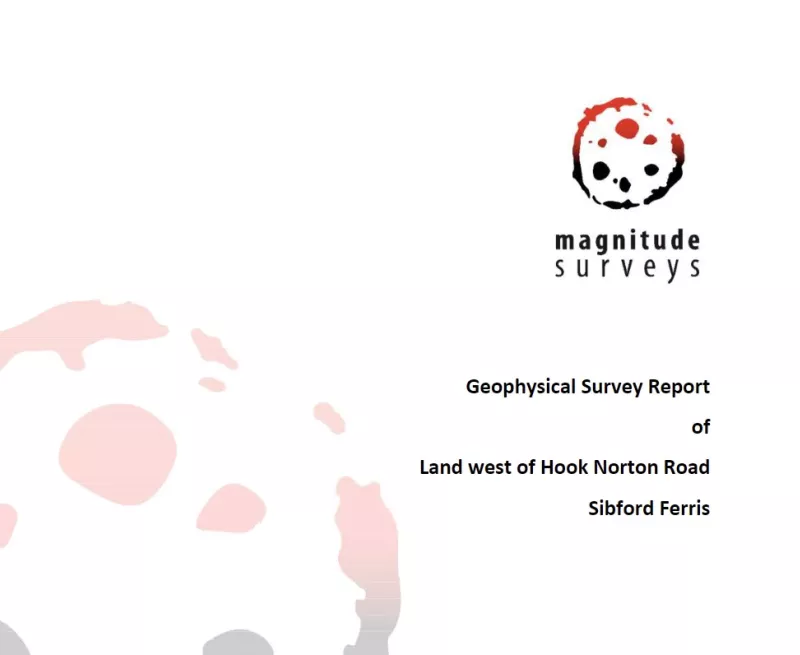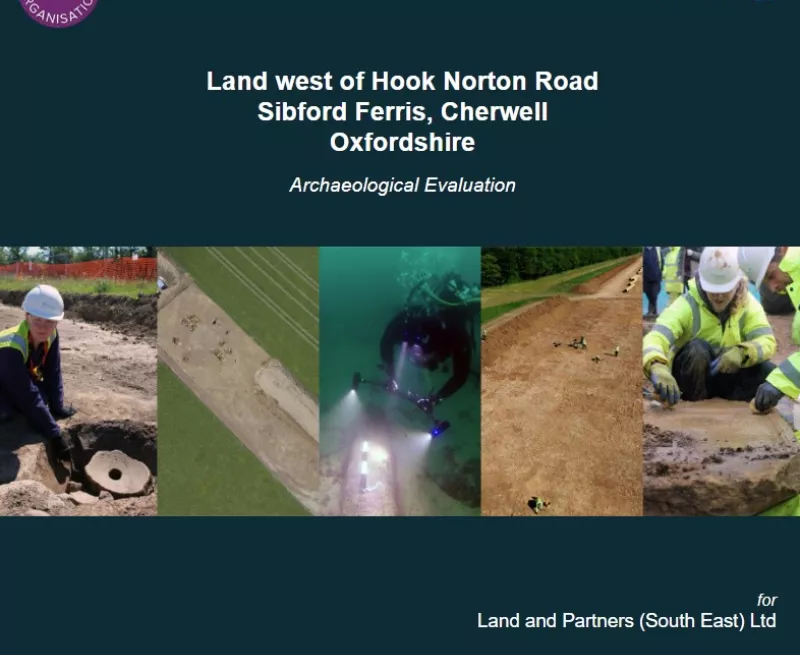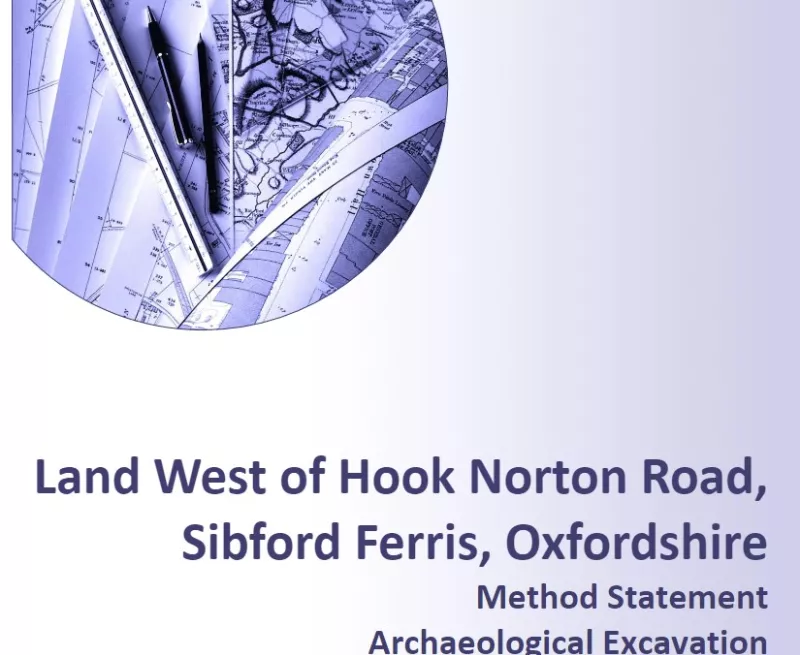Based on the results of the geophysical survey and trial trench evaluation, an area measuring approximately 1.2ha, which encompasses the Iron Age and Roman enclosures, has been identified for further archaeological excavation. This is the work that Oxford Archaeology will be undertaking.
The first stage to be completed is the removal of current plough soil from across the area to expose the full extent of the underlying remains. This will be achieved using mechanical excavators, but the underlying archaeological remains will be excavated by hand. Throughout the project will be using GPS survey techniques to produced plans of the archaeological features. Once we are under way we will be able share these plans with you.
Through the excavation of the remains, the recovery of artefacts and environmental soil samples, we can develop an understanding of how the site would have functioned, the lives and activities the residents would have undertaken and details of the environment in which they lived. Eventually all the data collected during the fieldwork is assessed and detailed reports produced. During this process we not only aim to understand the site itself but consider the site in the wider landscape.
Details of the excavation area and the strategy to investigations are outlined in our method statement which can be read here.

